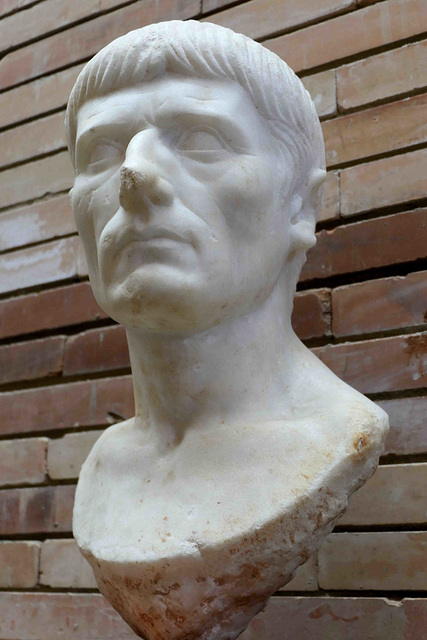Location
Lat, Lng: 38.917060, -6.339510
You can copy the above to your favourite mapping app.
Address: Museo Nacional De Arte Romano
You can copy the above to your favourite mapping app.
Address: Museo Nacional De Arte Romano
See also...
Keywords
Authorizations, license
-
Visible by: Everyone -
All rights reserved
-
58 visits
Merida - Museo Nacional de Arte Romano


In the Roman Empire, the city was known as "Emerita Augusta", the capital of the province of Lusitania. It was founded in 25 BC by Emperor Augustus as a colony for the veteran soldiers ("emeritus") of the Roman legions. The city was very important in Roman Hispania. It was endowed with all the comforts of a large Roman city and served as the capital of the Roman province of Lusitania. For centuries, until the fall of the Roman Empire, Mérida was an important economic, military, and cultural center.
Following invasions from the Visigoths, Mérida remained an important city of the Visigothic Kingdom of Hispania in the 6th century. In 713, the Arabs conquered the city and devastated it. Even under Islamic rule, Mérida remained a bishop's seat until it was moved to Santiago de Compostela in 1119.
In 1230 the Christian troops under Alfonso IX conquered Mérida during the Reconquista.
The National Museum of Roman Art exhibits extensive material from the archaeological ensemble of Mérida, one of the largest and most extensive archaeological sites in Spain.
Portrait of a man / 1. century AD
Following invasions from the Visigoths, Mérida remained an important city of the Visigothic Kingdom of Hispania in the 6th century. In 713, the Arabs conquered the city and devastated it. Even under Islamic rule, Mérida remained a bishop's seat until it was moved to Santiago de Compostela in 1119.
In 1230 the Christian troops under Alfonso IX conquered Mérida during the Reconquista.
The National Museum of Roman Art exhibits extensive material from the archaeological ensemble of Mérida, one of the largest and most extensive archaeological sites in Spain.
Portrait of a man / 1. century AD
William Sutherland, Fred Fouarge, Alexander Prolygin have particularly liked this photo
- Keyboard shortcuts:
Jump to top
RSS feed- Latest comments - Subscribe to the comment feeds of this photo
- ipernity © 2007-2025
- Help & Contact
|
Club news
|
About ipernity
|
History |
ipernity Club & Prices |
Guide of good conduct
Donate | Group guidelines | Privacy policy | Terms of use | Statutes | In memoria -
Facebook
Twitter











Sign-in to write a comment.